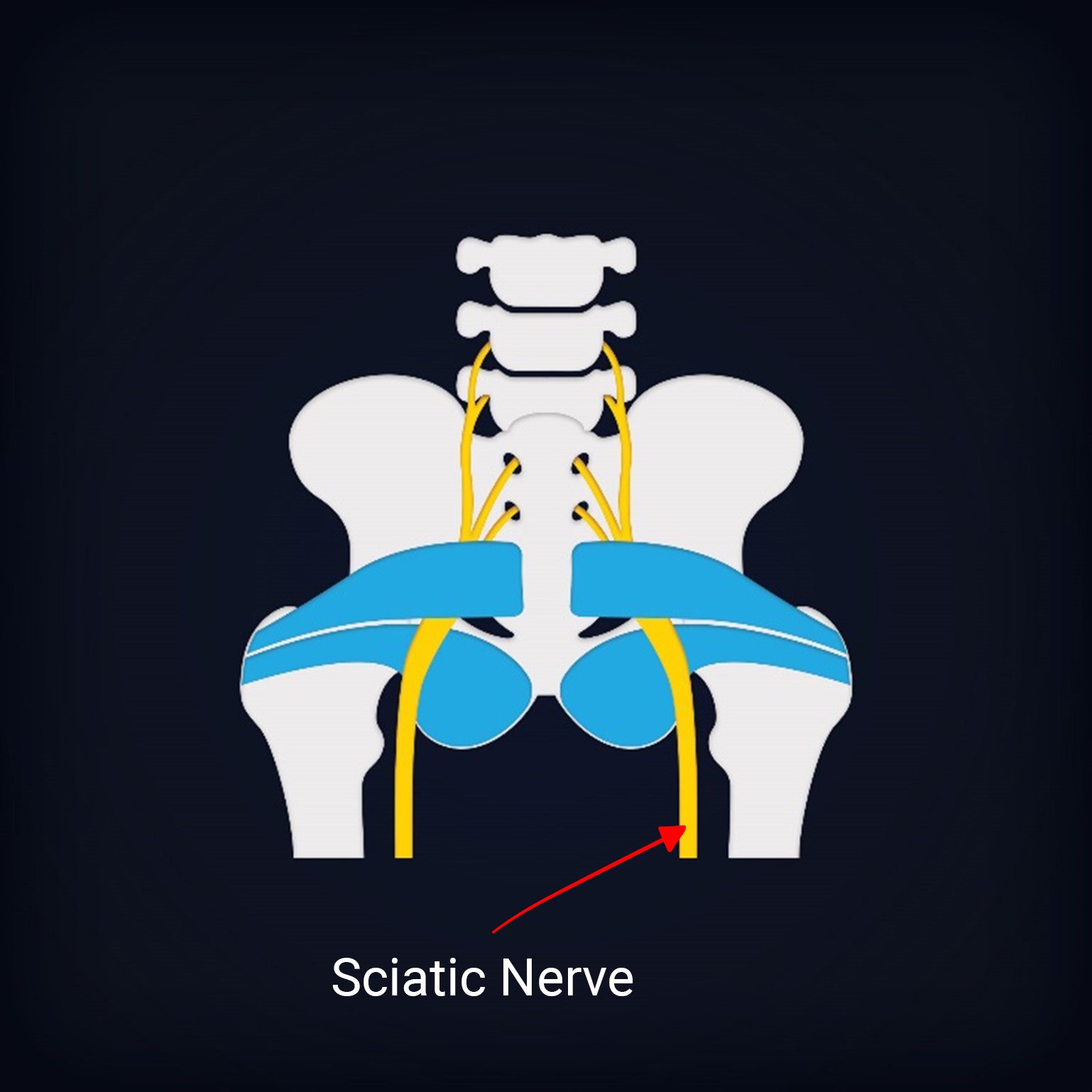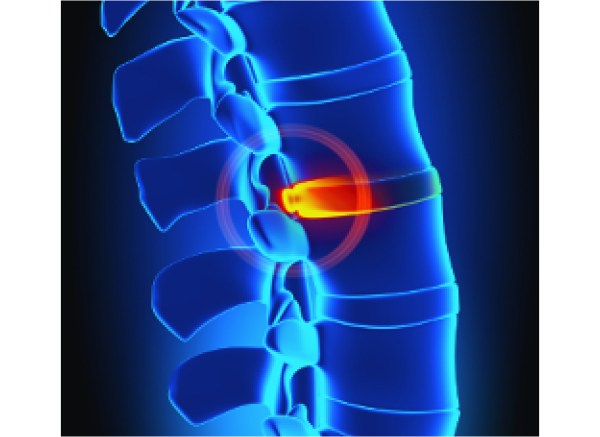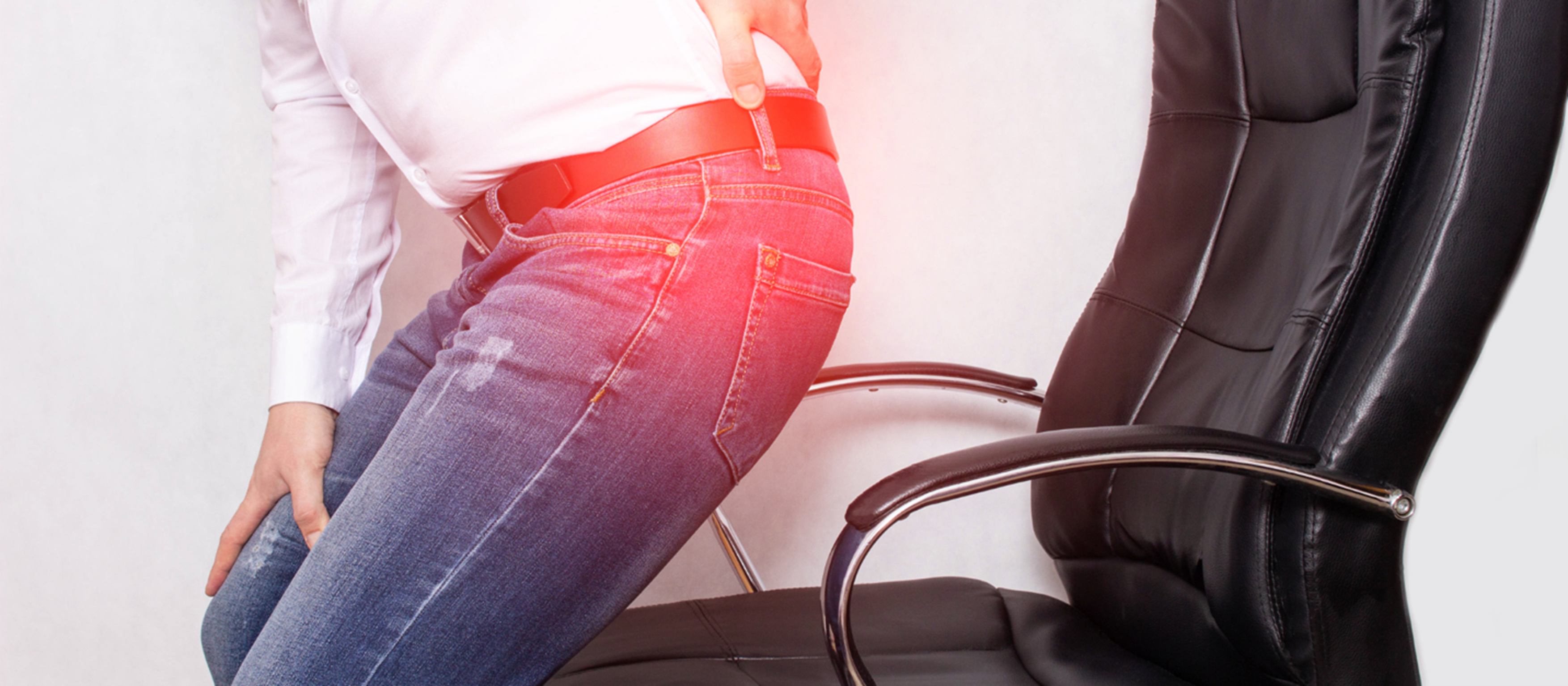Leg pain while sitting is a common experience for many people and one that can impact productivity and focus at work. This condition can be caused by several factors, including sciatica and piriformis syndrome.
Sciatica is a condition characterized by pain in the lower back that radiates down to the leg, resulting from the compression or irritation of the sciatic nerve. Piriformis syndrome is another condition that can cause leg pain while sitting, where the piriformis muscle in the buttock’s region compresses the sciatic nerve. Both these conditions can lead to sharp, shooting, or burning pain in the leg, which can be aggravated by sitting.
Apart from sciatica and piriformis syndrome, poor circulation due to conditions such as varicose veins and peripheral artery disease can also cause leg pain while sitting. Overuse or muscle strain caused by prolonged sitting, especially in an awkward position, can also lead to discomfort and pain in the legs.

To relieve leg pain while sitting, consider the following tips:
- Take breaks and stretch: Stand up and stretch your legs every 30 minutes to improve circulation and reduce muscle strain.
- Use a footrest: Make sure both feet are supported well, with both thighs in a parallel position to the ground.
- Wear compression socks: Compression socks can help improve circulation and reduce swelling in the legs.
- Choose a supportive chair: A chair with good pelvis support can reduce strain on the lower back and legs.
- Exercise regularly: Regular exercise and stretching can help improve circulation and strengthen the muscles in your legs, reducing leg pain while sitting.
What does it mean to have a supportive chair?
Most chairs offer a lumbar support that is supposed to provide and maintain an upright posture. But have you noticed that it just doesn’t work?
That’s because the angle of the pelvis actually determines the position of the spine. If you’re sitting right now, you can see what I mean. Try rolling your pelvis backward and notice want happens to the spine. You should notice that it rounds into a “C” curve. Now roll the pelvis forward and notice how the spine follows into an upright position.
In order to maintain the upright position, the pelvis needs to be supported to keep it from rolling backward!
Is there a chair with pelvis support?
Anthros is the only chair designed to have an independently adjustable pelvis support. No matter the body type, the pelvis support can be adjusted to meet the pelvis in an optimal position and support it there.
So, if you’re looking for a long-term solution in a chair with pelvis support, look no further than Anthros.
Anthros is the only chair in the world that is guaranteed to improve posture or your money back. The science-backed, patented design is registered with the FDA as a posture-improving chair and is proven to have the lowest pressure (most comfortable) cushion on the planet (verified by university testing).
Take the next step to reducing pain, increasing comfort, and maximizing performance!
References:
- Hicks, Brandon L., Jason C. Lam, and Matthew Varacallo. "Piriformis syndrome." (2017).
- Papadopoulos, Elias C., and Safdar N. Khan. "Piriformis syndrome and low back pain: a new classification and review of the literature." Orthopedic Clinics 35.1 (2004): 65-71.
- Singh, Usham Shyamkesho, et al. "Prevalence of piriformis syndrome among the cases of low back/buttock pain with sciatica: A prospective study." Journal of Medical Society 27.2 (2013): 94.
Recent Post

Exercises to Avoid With a Herniated Disc
March 6, 2025A herniated disc can put a serious damper on...

Gentle Back Exercises for Lower Back Pain & Herniated Discs
February 17, 2025Adding a cushion to your office or gaming chair...

Bulging Disc vs. Herniated Disc:
February 5, 2025Adding a cushion to your office or gaming chair...









